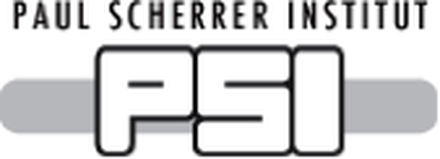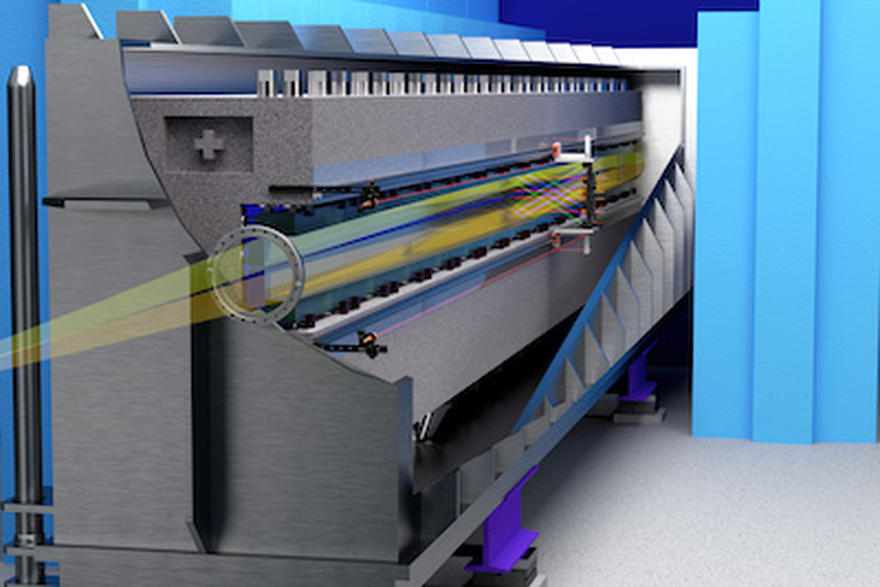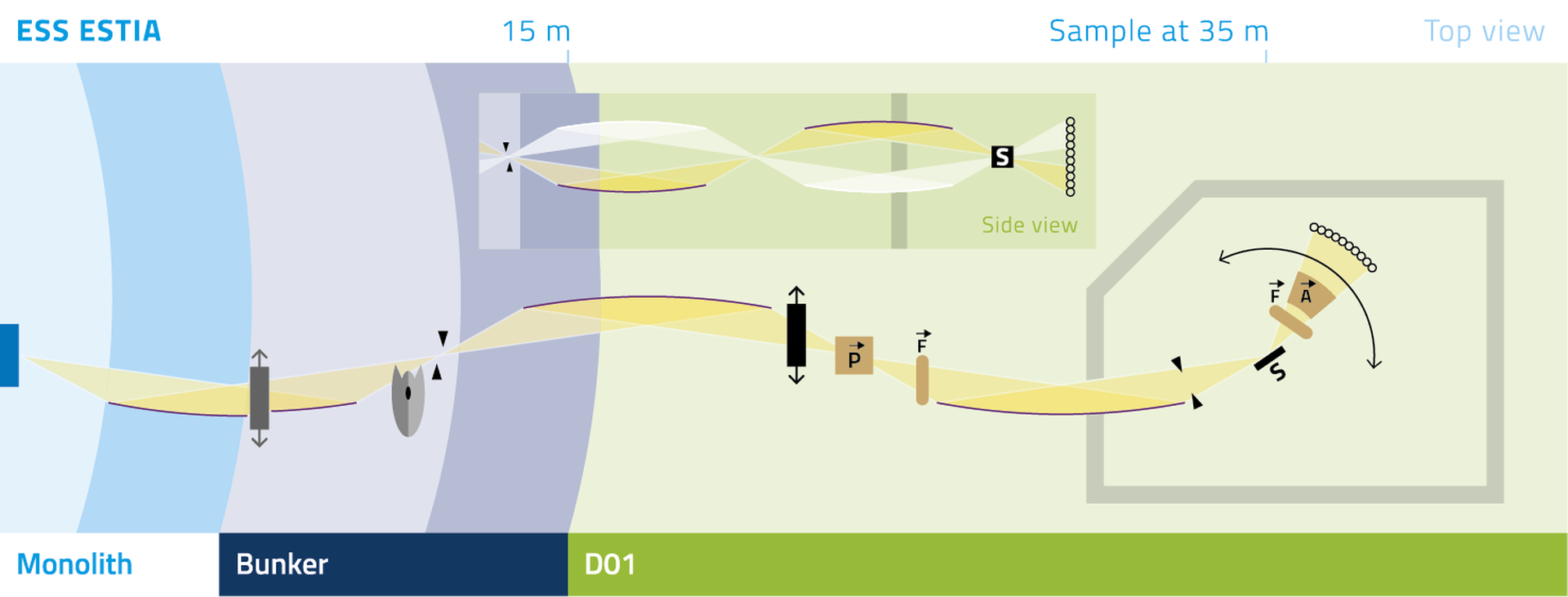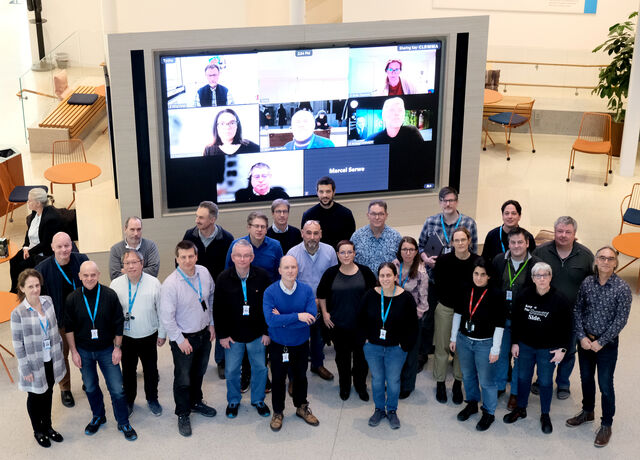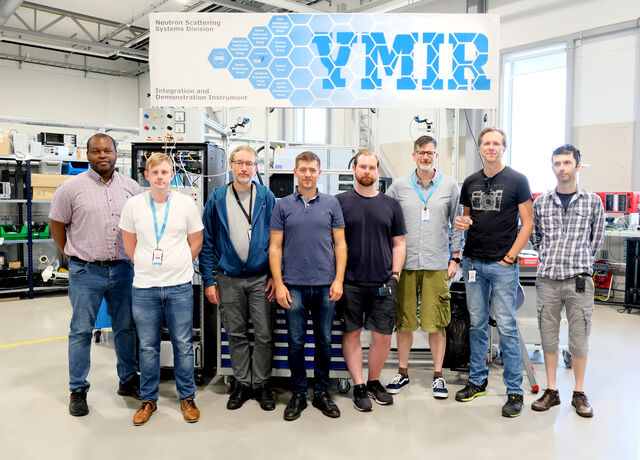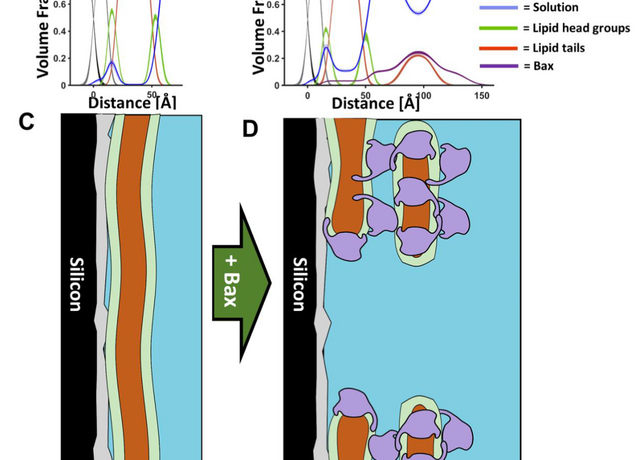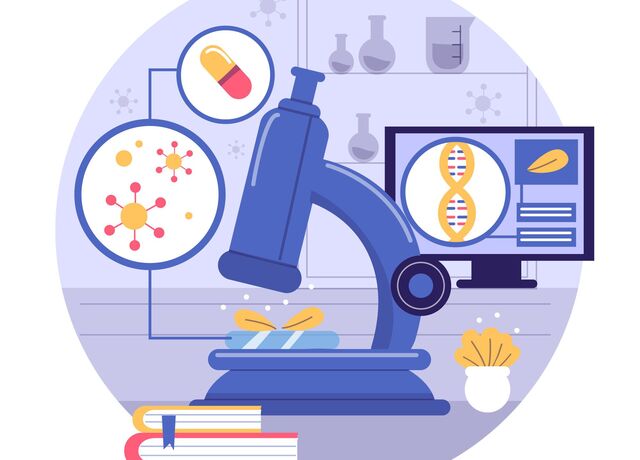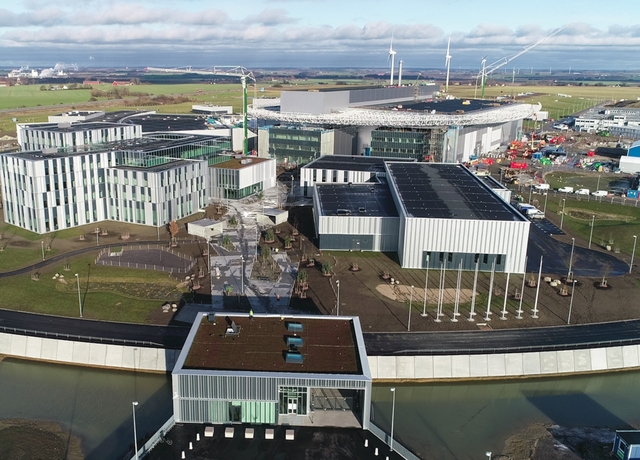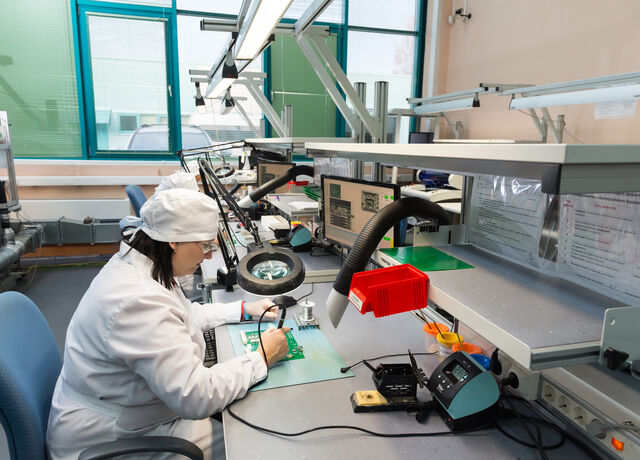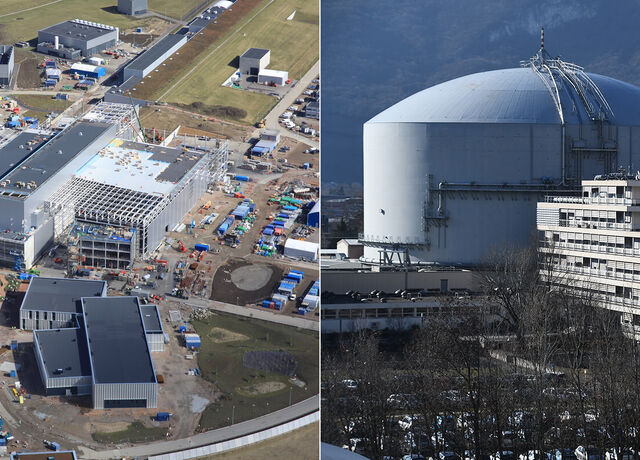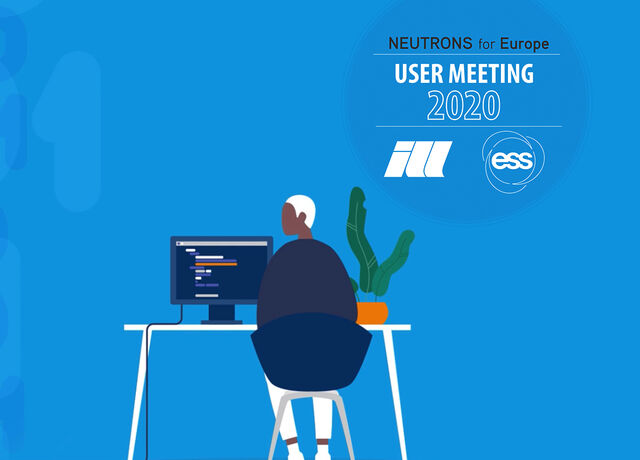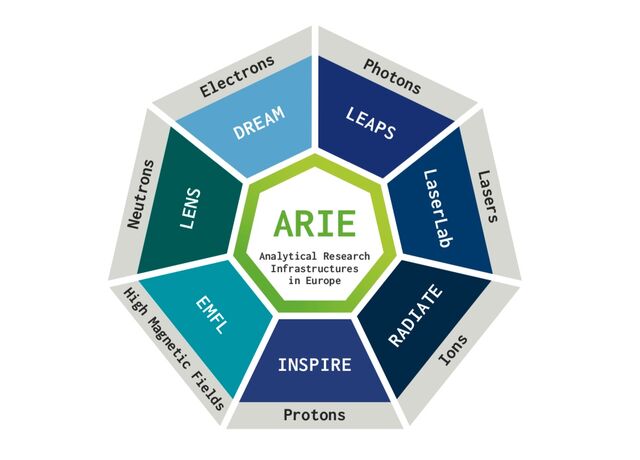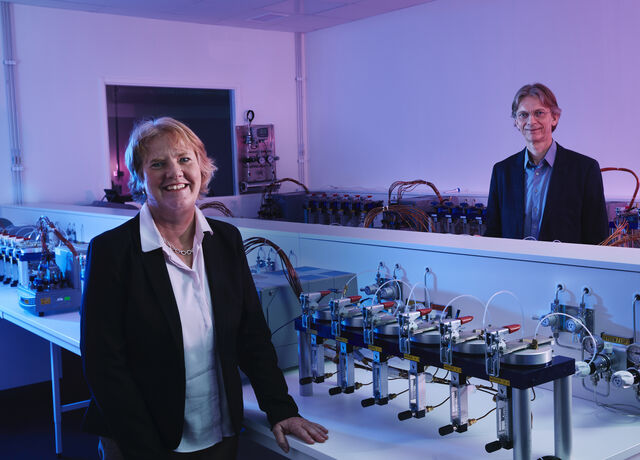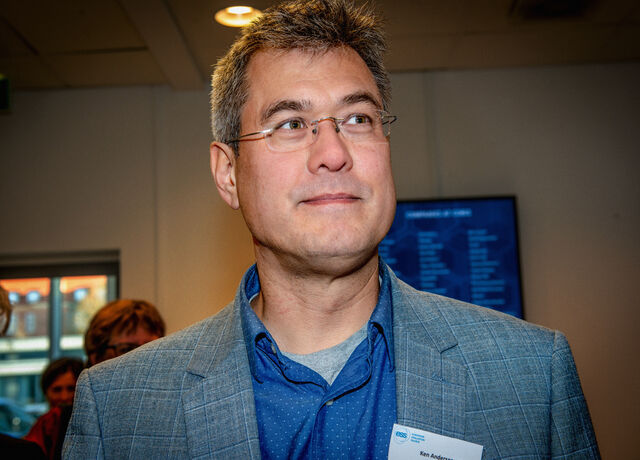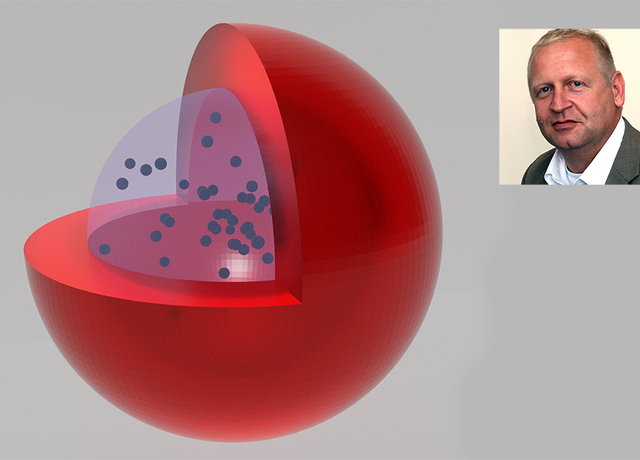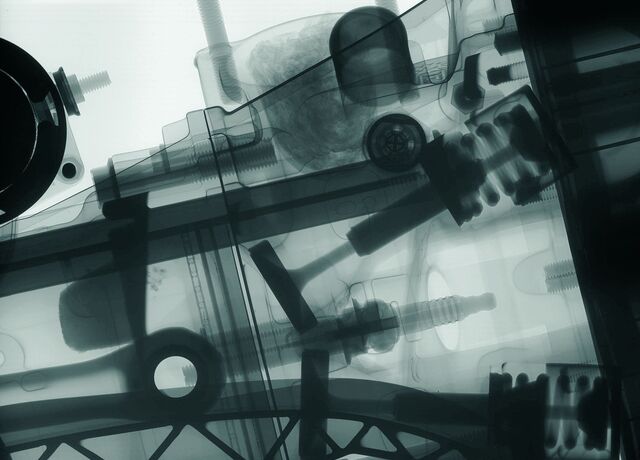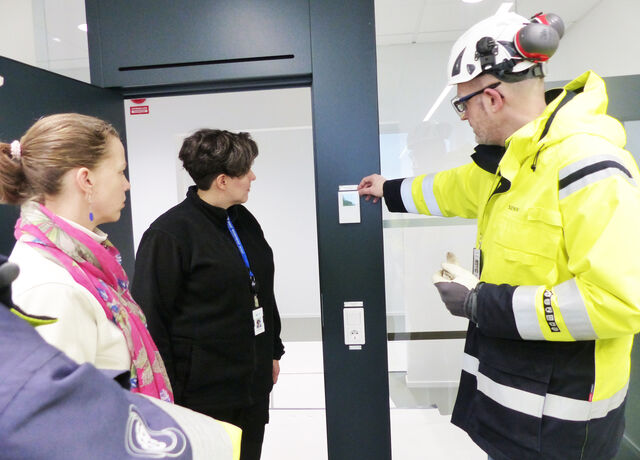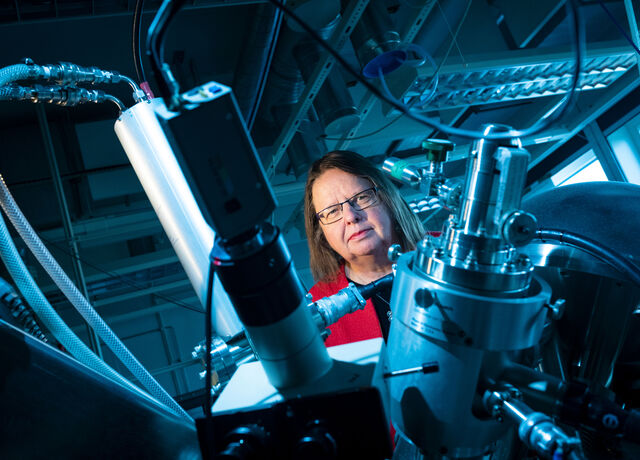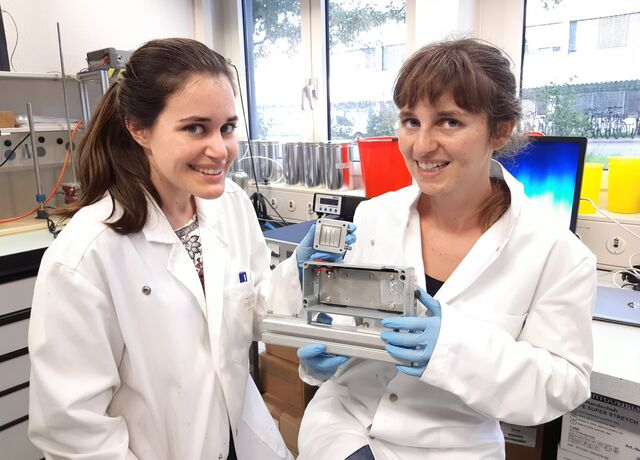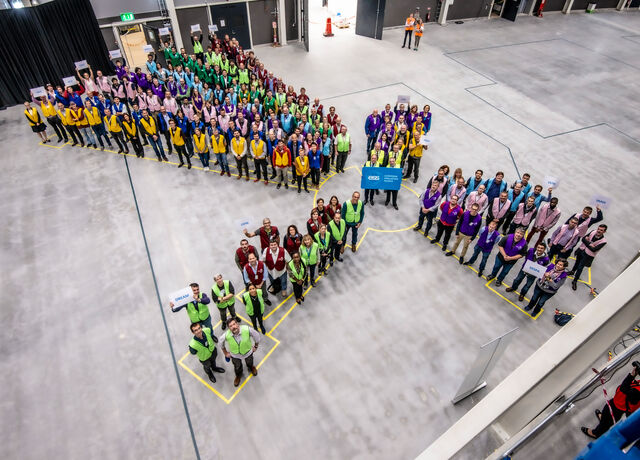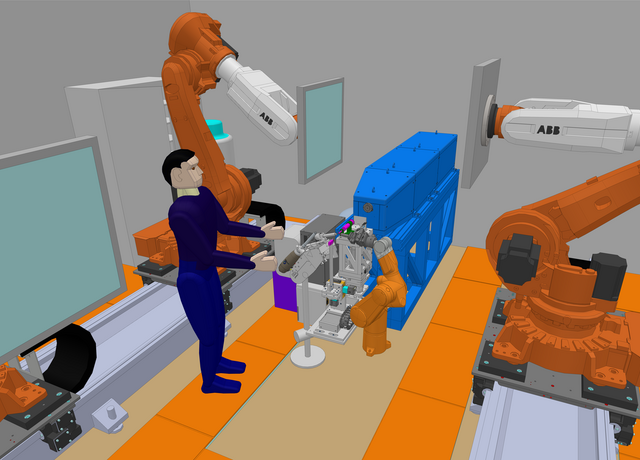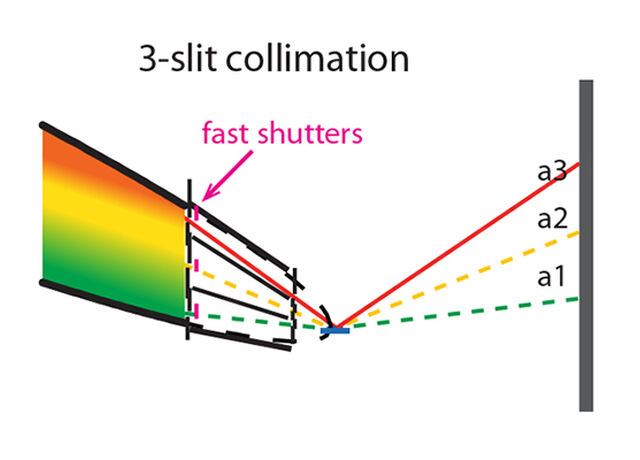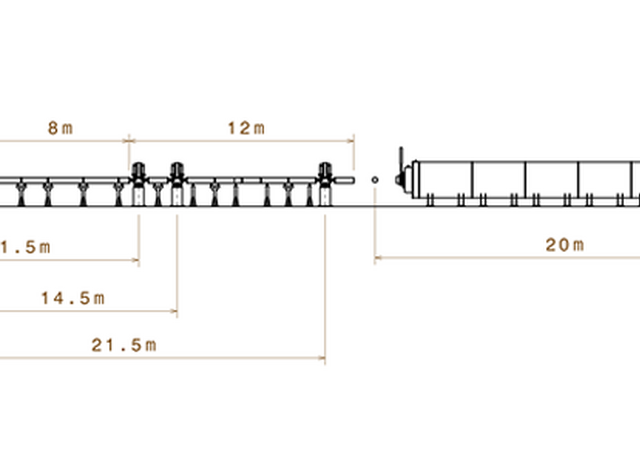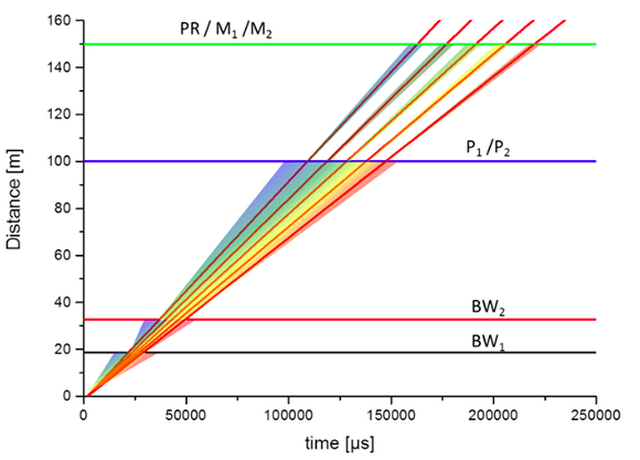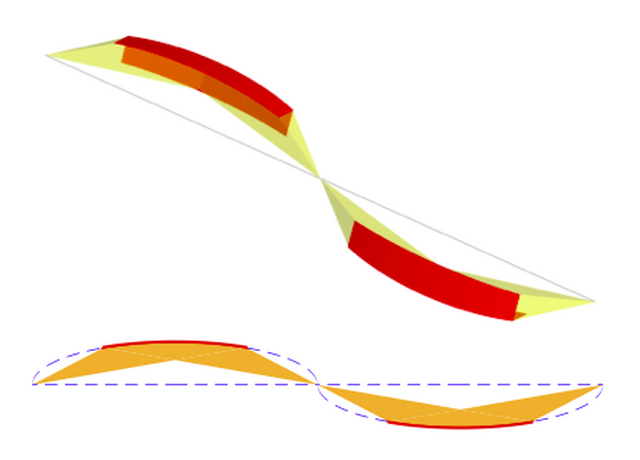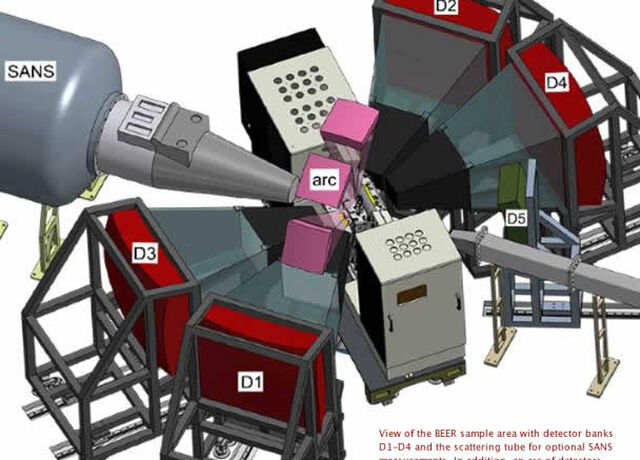ESTIA
Focusing Reflectometer
Ἑστία, Greek goddess of the hearth (lat.: focus) and first born of the Olympians, is the eponym of the vertical sample reflectometer at ESS. The Estia instrument will probe surfaces, thin films and layered systems, revealing structure and magnetic phenomena. Named for its unprecedented focus, ESTIA will be able to address complex systems available only in small quantities. The science has visionary applications for society, including spintronics and novel IT materials.
Apart from a large q-range coverage and full polarization analysis the instrument will feature a unique, truly focusing neutron guide that will allow reflectometry from tiny samples (1 mm²). This focusing is achieved using the Selene guide technology developed at the in-kind partner PSI and allows the projection of a virtual source slit within the neutron bunker onto the sample position, 24 m downstream.
Instrument Class
Beam Port
Lead Scientist
Lead Engineer
Physical, chemical and biological states or processes at interfaces and surfaces are becoming increasingly important in fundamental and applied science.
This field extends from improving surface conditioning, to understanding biological mechanisms at cell membranes, to the improvement of magnetic data storage and processing. It also investigates novel phenomena when conflicting properties are forced to coexist on an atomic scale.
One of the best suited methods to investigate interfaces is reflectometry, where the intensity and direction of a beam reflected on a surface is detected as a function of incident energy and orientation. It provides the depth-profile (specular reflectometry) as well as information about lateral inhomogeneities of structure (off-specular reflectivity and grazing incidence small angle neutron scattering GISANS). Neutron reflectometry (NR) in particular provides a high penetration depth, sensitivity also for light elements, allows for contrast variation by isotope substitution and it probes magnetism.
ESTIA is a polarised reflectometer with vertical sample geometry, and will probe surfaces, thin films and layered systems, revealing structure and magnetic phenomena. It will be used in a wide range of scientific fields, most notably in the study of magnetism in layered systems, an area with applications in data storage.
Typical systems for investigation include:
- Layers with exchange-bias effects between ferro- and anti-ferromagnets
- Multiferroic materials with simultaneous magnetic and electric order
- Ion diffusion in solids as that of Lithium in battery materials
- Gas condensation on cold surfaces, e.g. formation of spontelectric films
- Cell membrane shape changes due to electric field
- Ordered magnetic nanoparticles with considerable dipole-dipole interaction
- Magnetic layers with strong spin-orbit coupling producing e.g. Skyrmion vortex states
- Artificial spin-ice systems with macroscopic magnetic frustration
- Self-assembly of surfactants, polymers and proteins at solid and solid-liquid interfaces
- Rearrangement processes in thin films: e.g. interdiffusion, inter-layer movement
- Encapsulation and release of components in e.g. plastics, polymer blends, drug delivery
- Switchable materials that respond to external stimuli (chemical, electrical, magnetic, optical)
- Surface reactions e.g. enzyme catalysis, oxidation, surface functionalization etc.
- High-throughput screening of e.g. biological/medical samples or industrial conditions
ESTIA is one of the shorter instruments at ESS with a moderator-to-sample distance of 35 m. It will be placed in Hall 1, close to the backwards direction with respect to the proton beam.
Starting at 2 m from the source, the produced neutrons are extracted by an elliptical feeder guide, that refocuses on the virtual source position at 11 m. The lack of aberration correction in this feeder is compensated by the cold source being much larger than the virtual source slit, so that the brightness of the beam after the virtual source is not impaired.
ESTIA does not need sophisticated pulse-shaping or frame-multiplication schemes as some ESS instruments, so that one 14 Hz bandwidth determination chopper at 10.7 m from the moderator is sufficient.
A set of neutron absorbers cutting down the beam to the desired shape (virtual source) is located directly after the chopper. The virtual source opening, which is projected onto the sample by the Selene guide, can be adjusted for heights up to 20 mm and width between 60 µm and 5 mm.
Neutrons from the virtual source are transported to the experimental cave by the Selene guide mirrors, which are mounted in two large granite blocks. The space between the two blocks is used for the instrument shutter and optical components for beam characterisation and neutron polarisation.
The second ellipsis of the Selene guide ends within the experimental cave ((3) in Figure 1), where additional optical components as a slit assembly to restrict divergence are placed within the beam path before the neutrons reach the sample at the final focus of the optical system. The table for these components as well as the sample positioning stage and detector table sit on air pads on a polished granite "dance floor" to allow flexible positioning.
Sample and detector can be rotated horizontally to reach large scattering angles of up to 145° or reflect from the back side up to -10°. The sample position is adjusted with respect to the neutron beam using a mechanical hexapod, accessing all degrees of freedom. A magnetic field and low temperatures can be applied to the sample using instrument optimised equipment or ESS pool cryomagnets and furnaces for more extreme conditions.
The reflected beam is measured with a 2D position-sensitive detector with 4 m distance from the sample. A surface area of 500x250 mm² each with 0.5x2 mm² resolution will be sufficient for high angular resolution in these specular experiments and sufficient coverage for off-specular and potential grazing incidence neutron scattering (GISANS) measurements. The detector concept to be used is the Multi-blade Boron system developed by the ESS detector group.
While the whole beam path in front of the sample is passing through a single vacuum vessel to minimize intensity losses, the area between sample and detector will be covered with a flight tube filled with Ar gas, reducing air scattering.
Sample Environment
For low temperature experiments ESTIA will have a small LHe flow cryostat with fast cooling times, allowing sample changes in less than 30 min.
An optical measurement system will be installed for quick and automatic adjustment of the sample position and angle to minimise the time lost for alignment after sample insertion. For high-throughput experiments at room temperature a sample changer will be available and liquid-solid cells optimised to the instrument geometry will be available for standard user experiments.
In addition, ESTIA will have access to the common pool of sample-environment equipment provided by ESS.
Andersen, K. H. et al. The instrument suite of the European Spallation Source. Nuclear Instruments & Methods in Physics Research Section a-Accelerators Spectrometers Detectors and Associated Equipment 957, 39, doi:10.1016/j.nima.2020.163402 (2020).
- A. Glavic; J. Stahn; S. Schütz, Estia: Design of the polarized, small sample reflectometer at ESS, Swiss Neutron News, (2017)
- J. Stahn; A. Glavic: Focusing neutron reflectometry: Implementation and experience on the TOF-reflectometer Amor, Nuclear Instruments and Methods in Physics Research Section A 821, (2016)
- J. Stahn; U. Filges; T. Panzner: Focusing specular neutron reflectometry for small samples, European Physics Journal - Applied Physics 58, (2012)
Instrument Scientist
Jos Cooper, ESS
Lead Engineer
Peter Heimgartner, PSI, Switzerland
Electrical Engineer
Andre Schwarb, PSI, Switzerland
Technical Writer
Harald Lang, PSI, Switzerland
Instrument Proposer
Jochen Stahn
PSI-ESS Project Manager
Artur Glavic
ESS Project Management Support
Susanna Domei


























